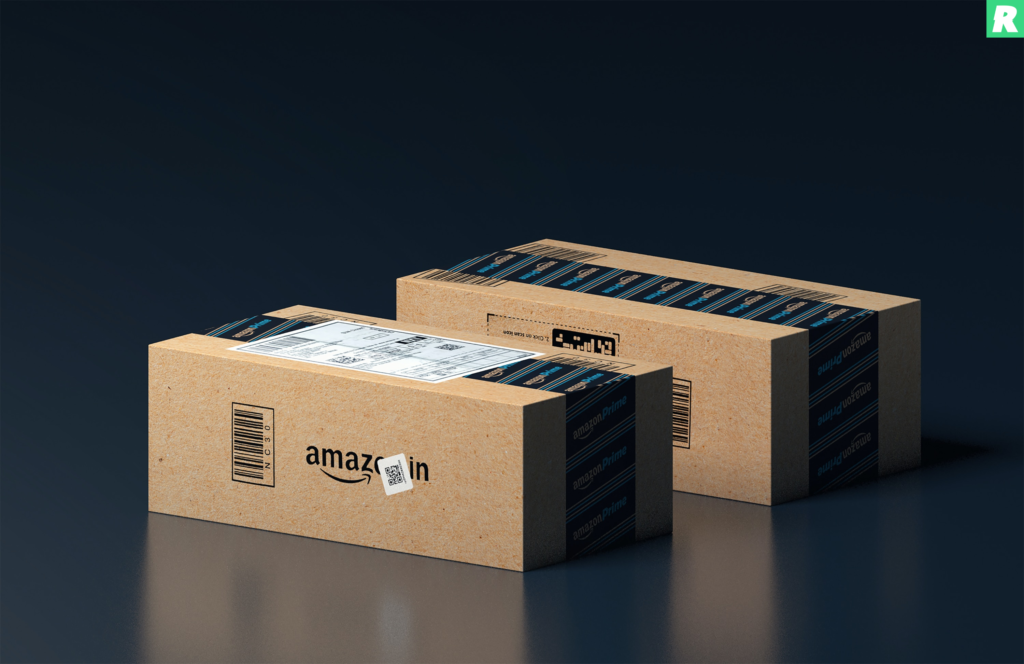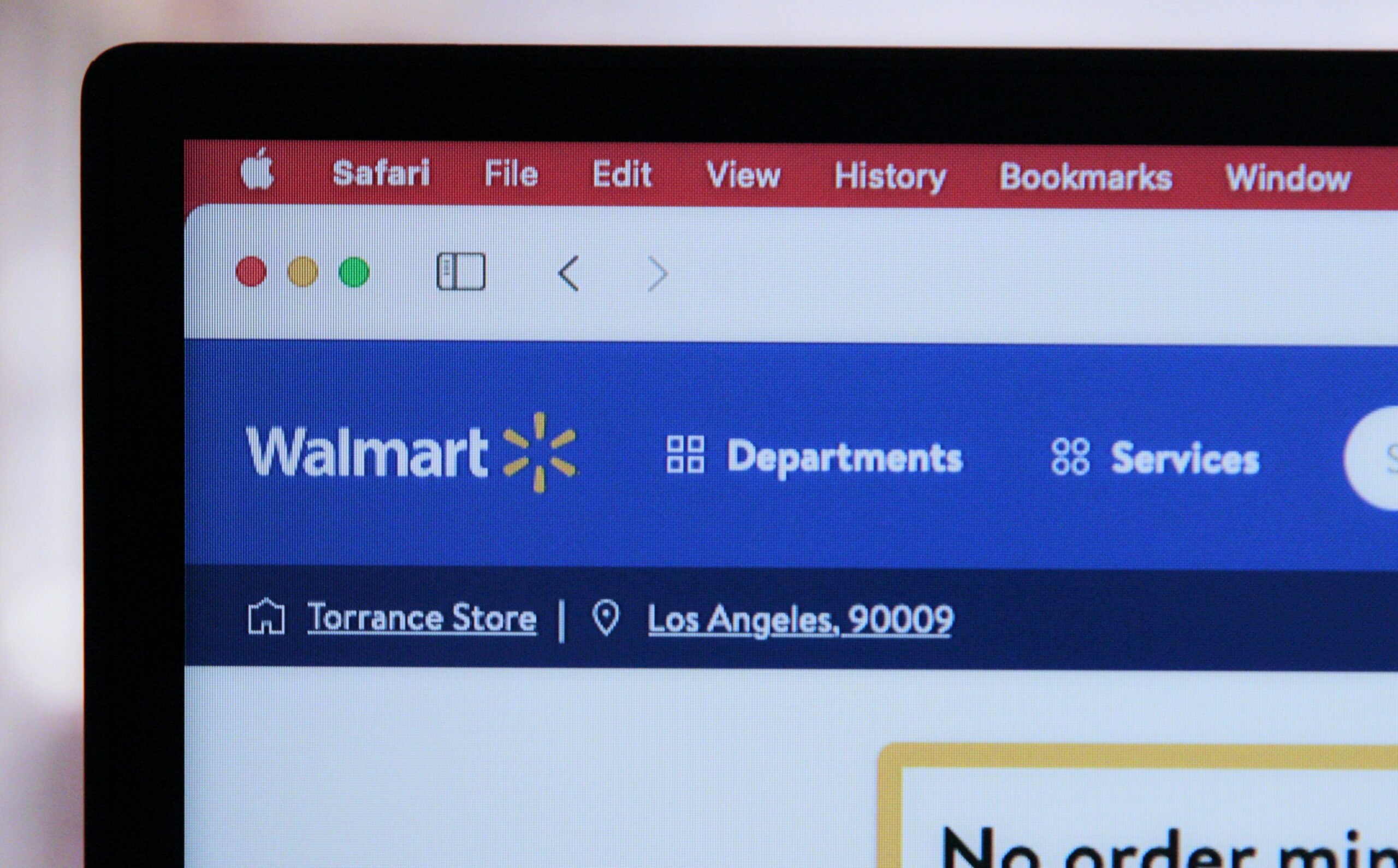The Ultimate Guide to Becoming an Amazon Seller
Introduction to Amazon Selling
Amazon, the world’s largest online marketplace, offers unparalleled opportunities for entrepreneurs and businesses to reach a global audience. Becoming an Amazon Seller can be a transformative step for your company, providing access to millions of customers and a platform for incredible growth. This guide, we will navigate the essentials of becoming a successful Amazon Seller.
Setting Up Your Amazon Seller Account
- Individual Seller Account: Best for sellers planning to sell fewer than 40 items monthly. No monthly subscription fee is charged, but a per-item selling fee.
- Professional Seller Account: Ideal for high-volume sellers, with a monthly subscription fee but no per-item selling fee.
Step 2: Register Your Account
Visit Amazon Seller Central and provide your business details, including legal name, address, and tax information.
Step 3: Set Up Payment Information
Amazon requires your bank account information to deposit sales revenue.
Market Research and Product Selection
- Use tools like Jungle Scout or Helium 10 to analyze market trends and demand.
- Look for products with high demand and low competition.
Sourcing Your Products
- Domestic Suppliers: Quicker shipping times but potentially higher costs.
- International Suppliers: Usually cheaper, but consider shipping times and customs regulations.

Listing Products on Amazon
- Use high-quality images and detailed descriptions.
- Incorporate relevant keywords for SEO optimization.
Setting the Right Price
- Research competitor pricing.
- Consider Amazon fees and shipping costs in your pricing strategy.
Amazon Fulfillment Options
- Fulfillment by Amazon (FBA): Amazon handles storage, packing, and shipping. It is ideal for scalability but incurs storage and fulfillment fees.
- Fulfillment by Merchant (FBM): You manage storage and shipping. More control but requires logistics management.
Marketing Your Amazon Products
- Use relevant keywords in your title, bullet points, and description.
- Encourage customer reviews to boost visibility.
Expanding Your Reach with External Marketing
- Utilize social media platforms.
- Create an email marketing campaign to drive traffic to your listings.
Managing Amazon Seller Analytics and Feedback
- Regularly check Amazon Seller Central for sales data and customer feedback.
- Adjust your strategy based on performance metrics.
Dealing with Customer Feedback
- Address negative feedback promptly.
- Aim for high customer satisfaction to improve ratings.
Scaling Your Amazon Business
- Diversify your offerings based on market research.
- Test new products in small quantities before scaling.
Conclusion
Successful Amazon Seller requires dedication, market research, strategic planning, and customer focus. You can build a thriving online business by understanding the nuances of Amazon’s platform and constantly adapting to market trends and consumer preferences. Remember, it’s not just about selling products; it’s about building a brand that resonates with customers globally.







